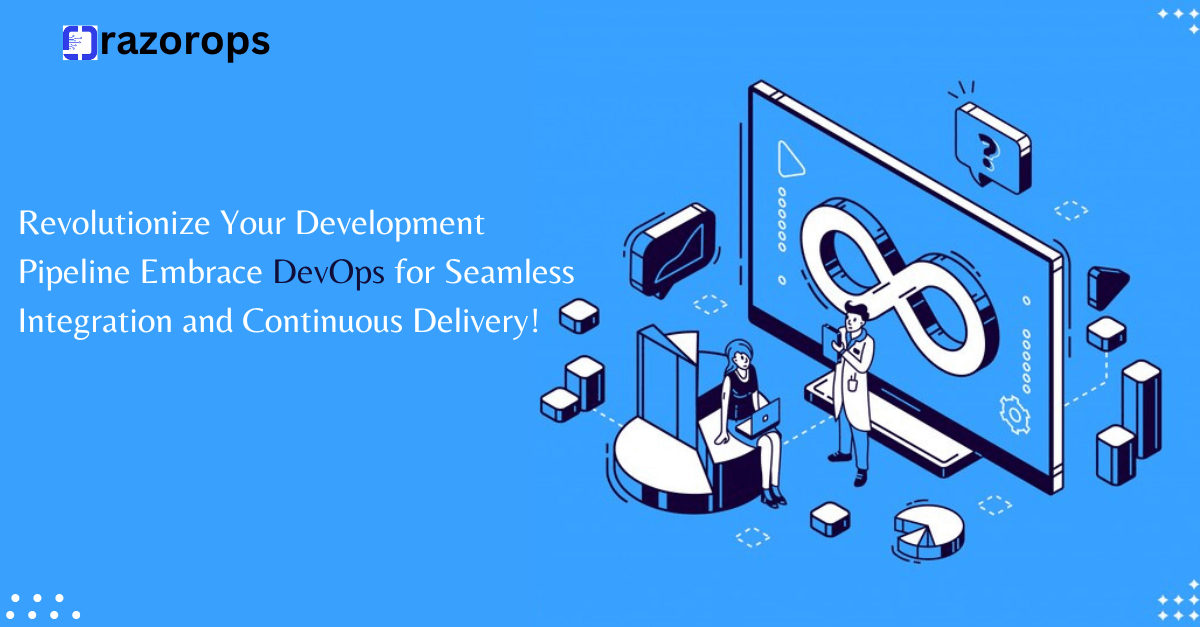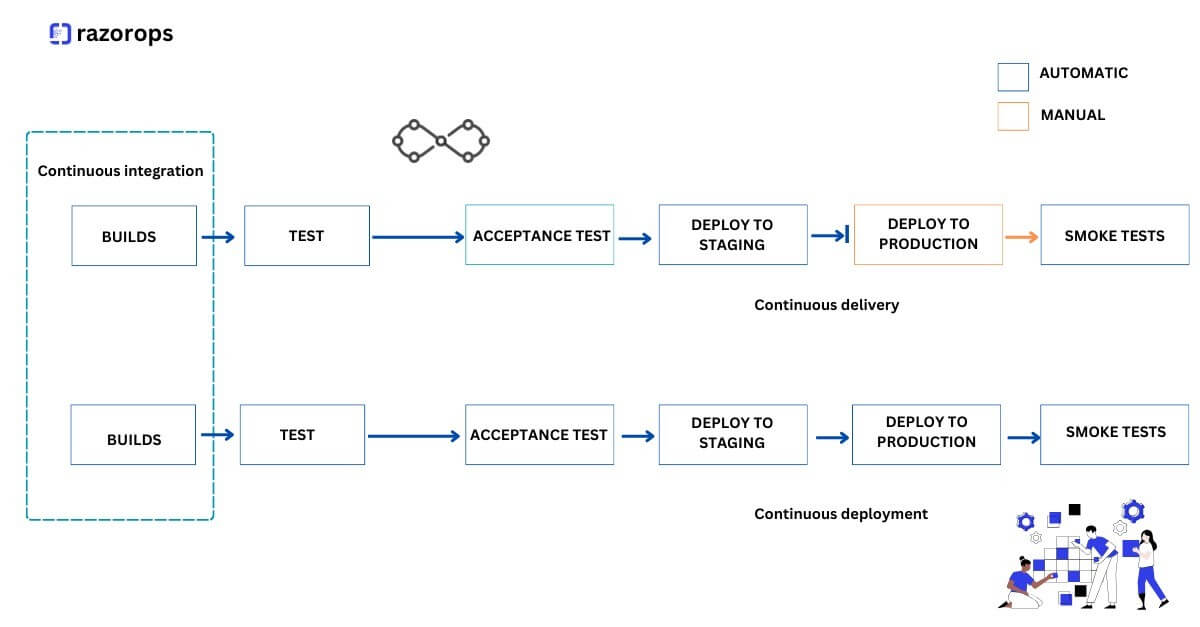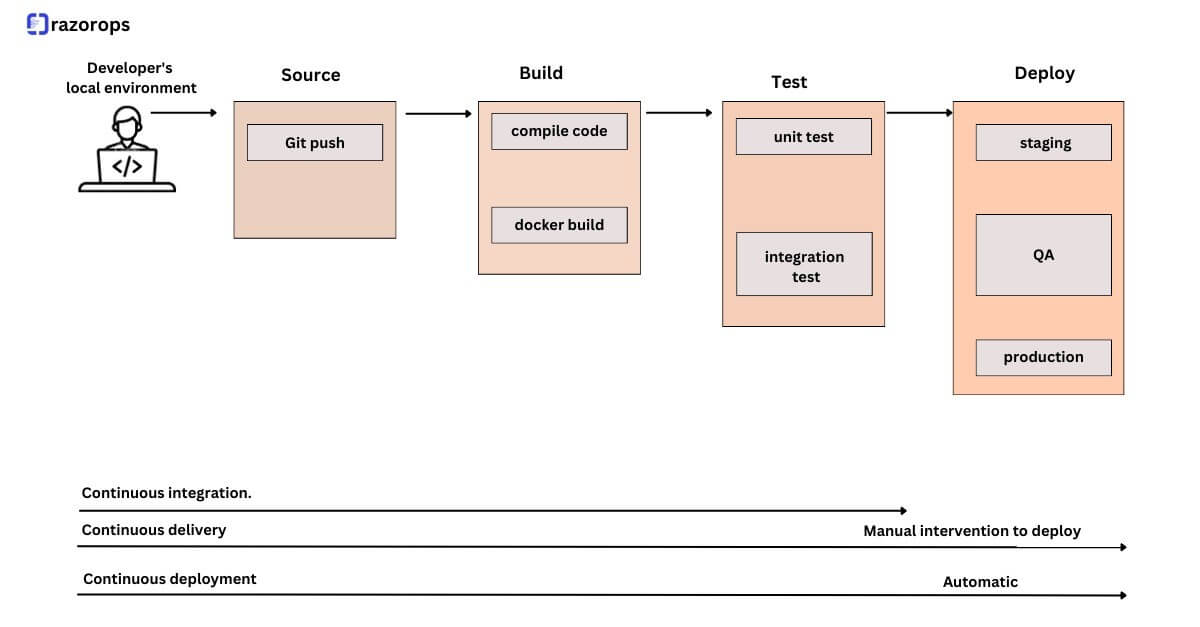Unlocking Kubernetes Deployment Excellence with CI CD Automation

Software development, agility and efficiency are paramount. Continuous Integration and Continuous Deployment (CI/CD) practices have revolutionised the way we build, test, and deploy software. When coupled with the power of Kubernetes, an open-source container orchestration platform, organisations can achieve a level of deployment excellence that was once only a dream. In this article, we’ll explore the synergy between Kubernetes and CI/CD automation, highlighting the benefits and best practices that can lead to seamless, reliable, and scalable deployments.
The Challenge of Kubernetes Deployment
Kubernetes has emerged as the de facto standard for container orchestration due to its ability to manage containerized workloads efficiently. Still, deploying applications on Kubernetes can be challenging for several reasons:
Complex Configuration: Kubernetes requires detailed configuration files (YAML manifests) for each application, service, and resource. Manually managing these files can be error-prone and time-consuming.
Version Control: Keeping track of different versions of your application and its dependencies can become chaotic without proper version control.
Scalability: As applications grow, so does the complexity of scaling them in a Kubernetes cluster, requiring precise coordination and automation.
Rollbacks: Handling rollbacks in case of failures or issues in production can be daunting without automated processes.
Resource Management: Efficiently allocating and deallocating resources in a dynamic environment like Kubernetes can be challenging without automation.
The Kubernetes Revolution
Kubernetes has become the de facto standard for container orchestration, providing a powerful and flexible platform for managing containerized applications. Its ability to automate the deployment, scaling, and management of containers has made it an invaluable tool for modern development teams.
Benefits of Kubernetes:
1. Container Orchestration: Kubernetes abstracts the complexity of managing containers, allowing developers to focus on writing code rather than worrying about infrastructure details.
2. Scalability: It offers effortless horizontal scaling, ensuring that your applications can handle increased loads without manual intervention.
3. High Availability: Kubernetes provides built-in support for high availability by distributing workloads across multiple nodes and automatically recovering from failures.
4. Rolling Updates: Rolling updates and rollbacks are easily achieved, reducing downtime and minimising the impact of changes on end-users.
5. Resource Efficiency: Kubernetes optimizes resource utilization by efficiently packing containers onto nodes, saving costs in cloud environments.
Strategies for Kubernetes CI/CD Automation
1. Containerization
Start by containerizing your applications using technologies like Docker. This ensures that your applications are encapsulated along with their dependencies, making them portable and consistent across environments.
2. Infrastructure as Code (IaC)
Adopt Infrastructure as Code practices to define and manage your Kubernetes clusters and associated resources. Tools like Terraform and Helm play a crucial role in achieving this.
3. CI/CD Pipeline Configuration
Set up CI/CD pipelines using tools like Razorops CICD. Define stages for building, testing, and deploying your applications, ensuring seamless integration with Kubernetes.
Click here to get started with Razorops CICD https://docs.razorops.com/getting_started/
4. Automated Testing
Integrate automated testing suites into your CI/CD pipelines. This includes unit tests, integration tests, and end-to-end tests to validate the functionality and performance of your applications.
5. Deployment Strategies
Implement Kubernetes deployment strategies such as Rolling Updates, Blue/Green deployments, or Canary releases to ensure smooth and controlled deployments with minimal downtime.
6. Monitoring and Observability
Integrate monitoring tools like Prometheus and Grafana to gain insights into the health and performance of your Kubernetes clusters and applications. Implement logging and tracing for enhanced observability.
CI/CD Automation: The Catalyst
While Kubernetes offers a robust platform for container management, it’s the integration with CI/CD automation that truly unlocks its potential. CI/CD pipelines automate the software delivery process, allowing developers to push changes to production with confidence. When combined with Kubernetes, CI/CD provides several advantages:
1. Streamlined Workflow: Developers can trigger automated builds, tests, and deployments with a single commit, ensuring that code changes are consistently and predictably delivered.
2. Reduced Manual Intervention: CI/CD pipelines minimize the need for manual intervention, reducing the risk of human errors and speeding up the release process.
3. Validation: Automated testing ensures that code changes meet quality standards before reaching production, enhancing reliability.
4. Rollback Capability: In case of issues, CI/CD pipelines enable quick rollbacks to previous, stable versions, minimizing downtime and user impact.
5. Version Control: Kubernetes manifests and configurations can be versioned alongside application code, ensuring consistency and reproducibility across environments.
Best Practices for Kubernetes Deployment with CI/CD Automation
To unlock Kubernetes deployment excellence, it’s essential to follow best practices:
1. Infrastructure as Code (IaC): Define your Kubernetes infrastructure using tools like Terraform or Kubernetes manifests in version-controlled repositories. This ensures that infrastructure changes are automated and repeatable.
2. Immutable Deployments: Build and deploy container images with version tags, making deployments immutable. This simplifies rollbacks and ensures consistency.
3. Automated Testing: Implement automated testing at each stage of the CI/CD pipeline, including unit tests, integration tests, and end-to-end tests.
4. Blue-Green Deployments: Use blue-green or canary deployments to minimize downtime and risk when rolling out new versions.
5. Monitoring and Observability: Set up monitoring and observability tools like Prometheus and Grafana to gain insights into the performance and health of your Kubernetes cluster and applications.
6. Secrets Management: Safely store and manage secrets and sensitive configuration data using tools like Kubernetes Secrets or external solutions like HashiCorp Vault.
7. Rollback Plan: Always have a well-documented rollback plan in place to quickly revert to a stable state in case of deployment failures.
8. Documentation: Maintain thorough documentation for your CI/CD pipelines, Kubernetes configurations, and deployment processes to facilitate collaboration and troubleshooting.
Kubernetes deployment excellence is within reach for any organization willing to embrace CI/CD automation. By harnessing the power of Kubernetes for container orchestration and coupling it with streamlined CI/CD pipelines, teams can achieve faster, more reliable, and scalable deployments. The key lies in adopting best practices, automating as much as possible, and continuously improving the deployment process. With these principles in place, you can unlock the full potential of Kubernetes and deliver software with confidence in today’s competitive landscape. Follow RazorOps Linkedin Page Razorops, Inc.









